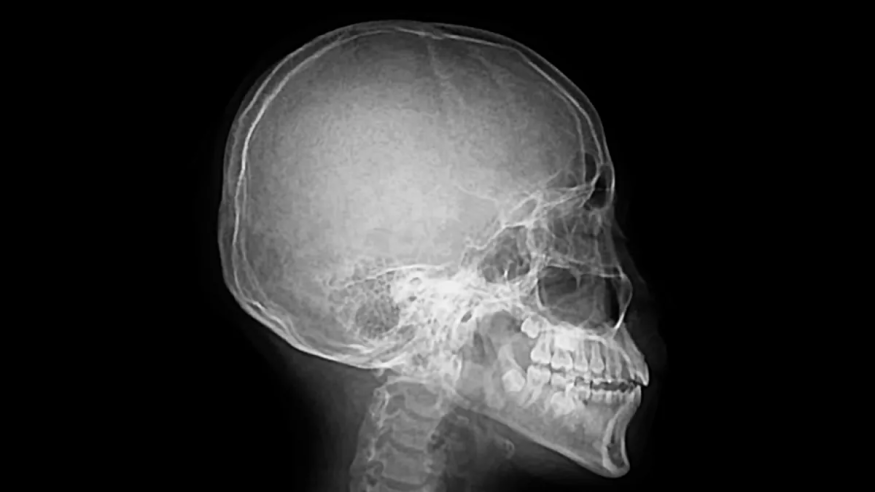"My bones are black," starting his video TikTok user @archiebeshort shared how his aching wisdom tooth served as an indication of a rare bone disease. User @archiebeshort informed his followers how he realized he possessed "black bone disease" when visiting the dentist.
@archiebeshort This is my video! It was intended for this account originally. Oops! #raredisease #blackbones ♬ original sound - Archie
Archie was prescribed minocycline (a tetracycline antibiotic) to alleviate his acne in high school. For years, he didn't seem to have any adverse effects. As Archie's wisdom teeth broke through, he became aware of the situation.
In the TikTok video, he explained how his wisdom tooth popped in and was black, and how he thought that his teeth were decaying. And it appears that Archie's jaw, as well as the rest of his head and most of his bones, are black, according to the diagnosis of his doctor. Archie's upper and lower teeth are white because they came in before he started using the acne medicine.
Minocycline: Black Bone Disease
As strange as it may seem to realize that one's bones have become black, there are far worse things to discover. Following a case study published in the Journal of Orthopaedic Surgery and Research, a 52-year-old lady had been using minocycline for around 32 years to treat acne when she had knee surgery. During this procedure, her physicians discovered that her bones had become black owing to a condition known as "black bone disease."
Even though the operation was successful, they advise other doctors to be aware of the issue and the possible consequences of minocycline, as contrasted to other more concerning reasons for bone discoloration.
The authors concluded in their case report that minocycline black bone disease is an uncommon finding that might be concerning when detected unexpectedly. There have been no reports of undesirable consequences in the existence of this illness; nonetheless, when the diagnosis is uncertain, surgeons should rule out other reasons for bone discoloration.
Once started, the discoloration process is swift and permanent, however black bone disease (usually induced by minocycline) is very benign and is not linked with necrosis or tissue death. There are plausible mechanisms behind discoloration, albeit they are not entirely understood.

Black Stain on Bones
The black coloring of bone caused by minocycline is considered to arise due to ferric iron being coupled to the oxidized drug in growing bone, according to a team studying five examples of the unusual condition. In addition, in adult bone, insoluble quinine accumulates due to drug breakdown of the aromatic ring, as per the report of PubMed Central.
Because teeth are more exposed than, for example, your fibula, the condition is more commonly diagnosed in the dentist's office. Over the years, dentist Ollie Jupes has seen a few adult patients who had persistent intrinsic discoloration in their teeth as a result of getting the antibiotic tetracycline as youngsters in the 1950s and 1960s.
Fortunately, doctors in the United Kingdom ceased administering tetracyclines to children under the age of eight in the late 1970s, after it was revealed that the medication was causing severe, frequently striped discoloration in the crowns of growing teeth. Since the stain was so deeply set in the tooth enamel in the severe cases the researchers examined, ordinary teeth whitening techniques were ineffective, and patients had porcelain as well as composite veneers inserted to conceal the discoloration. The impacts on certain individuals' confidence were sometimes fairly deep.
RELATED ARTICLE : Scientists Developed a Search Engine Like AI Algorithm That Can Identify Rare Diseases
Check out more news and information on Rare Occurrences in Science Times.












